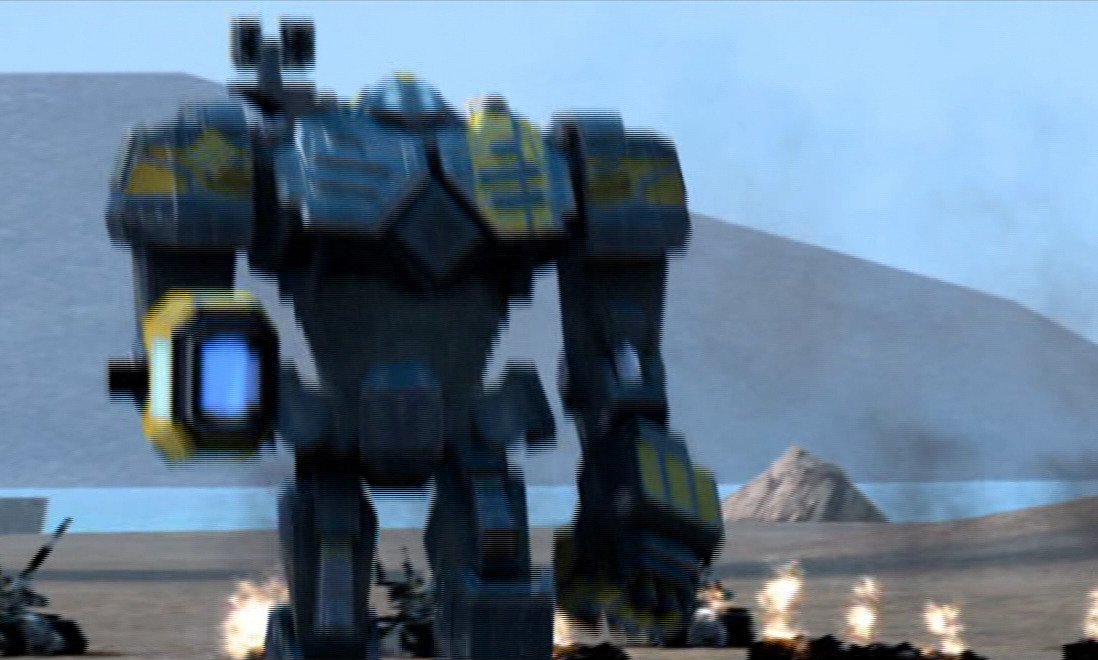

But has this translated into a better game, or are the old, nagging flaws still there? Gameplay - Single Player (2 out of 5) This criticism apparently hit home at Gas Powered Games because Supreme Commander 2 is a much tighter, more focused, and more modern game.

As a result the game left me wondering why I would want to play Supreme Commander when I could boot up Total Annihilation and play the game in its purest incarnation. While Supreme Commander managed to capture much of the feel of Total Annihilation, it also captured many of its flaws. Whatever Square Enix’s reason for doing this – some have suggested it’s an anti-piracy measure – when you make a decision to buy a game from a store instead of Steam you shouldn’t be required to spend hours of time and gigabytes of your data cap downloading more files to play it.Spiritual successors can be a tricky thing, and Supreme Commander was prime evidence of how difficult they can be.
Supreme commander 2 pc gamer review download#
It does say in small print on the box that Steam membership is required to play but if you’re on dialup or a dodgy broadband connection, that download will stop you in your tracks before you’ve even seen the game’s menu screen.
Supreme commander 2 pc gamer review install#
The boxed CD version of the game doesn’t include all the required files when you first install it and you are required to go through gaming service Steam to download a further 2-3GB before playing. If this Gas Powered Games title is sounding decidedly average to you, I’m sad to say it gets worse. Seeing battles involving large groups of the game’s giant “experimental” units, which range from spider-like megabots to building-sized dreadnoughts, is particularly entertaining. The range of standard units available to each of the game’s three factions is a little limited and the inclusion of just two resources (“mass” and “energy”) reduces the strategy involved, but large scale battles between massive numbers of units can be fun to watch, if nothing else. Supreme Commander 2’s one small saving grace is its skirmish and multiplayer modes, which allow you to go head to head with up to seven other human or AI players on a variety of maps. It’s generally pretty easy stuff, requiring you to grind away at the enemy defences in a slow but certain march towards victory – the AI launches very few meaningful offensives in single player. Much of the campaign feels like an extended tutorial as the missions progress you are slowly introduced to new types of land, sea and air units and gently coaxed into using them in different ways to achieve victory. That becomes quickly apparent as soon as you begin playing the game’s single player campaign, which is set 25 years on from the plot of the first game. Modern RTS concepts like cover and location-specific damage to units are missing and winning any given battle comes down to your economic might on the battlefield rather than tactical genius. Supreme Commander 2 repeats this formula, innovating only slightly with its addition of a zoomed-out strategic overview map (similar to that in the first Supreme Commander) and a research tree. The great real-time strategy games of the past, like Command and Conquer and StarCraft, have been cloned so many times that the “construct buildings, gather resources, churn out units and then hurl them at your enemy” formula has become boring. There’s nothing particularly wrong with it – the graphics are adequate and the gameplay is fine – but it lacks any kind of imagination. Unfortunately for gamers, it came out in late March. If Supreme Commander 2 was released five years ago it might have been a blockbuster.


 0 kommentar(er)
0 kommentar(er)
